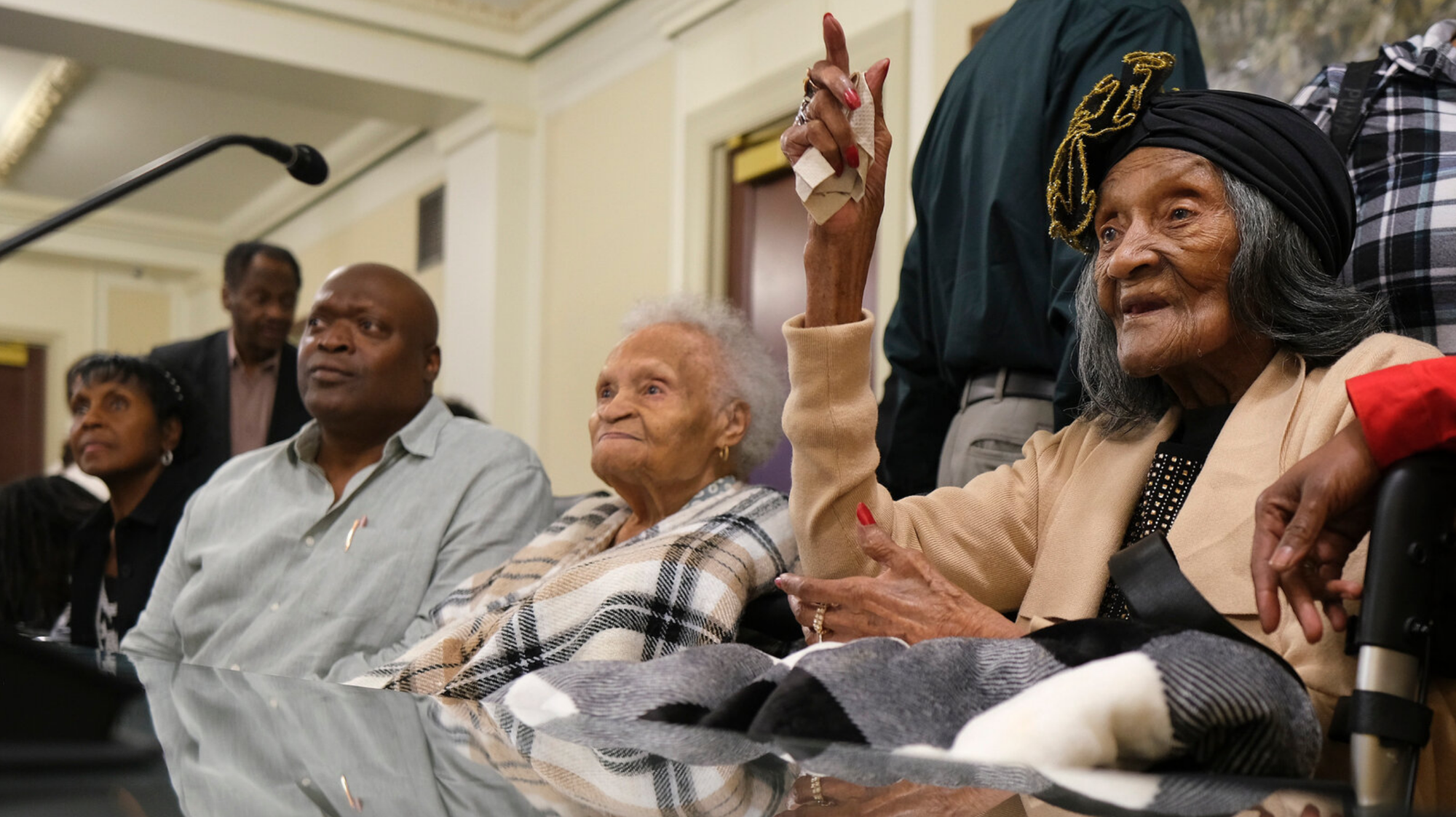The Oklahoma Supreme Court has dismissed a lawsuit filed by the last known living survivors of the 1921 Tulsa Race Massacre. The case, initiated by Lessie Benningfield Randle, 109, and Viola Fletcher, 110, sought reparations for the devastating attack on the Greenwood district, historically known as "Black Wall Street." This ruling has stirred emotions and debates about justice, historical accountability, and the ongoing impacts of systemic racism.
Background of the Tulsa Race Massacre
On May 31 and June 1, 1921, a violent white mob descended on Tulsa's Greenwood district, a prosperous Black community. The massacre began after a white woman falsely accused a Black man of assault in an elevator, leading to his arrest. The situation escalated when a confrontation at the courthouse triggered widespread violence. The mob, which included individuals hastily deputized by local authorities, looted and burned over 35 blocks of Greenwood, resulting in the deaths of an estimated 300 Black residents and the displacement of thousands. The destruction was extensive, leaving the once prosperous community in ruins with deep scars that would last for generations.
RELATED CONTENT: The Race Riot That Destroyed Tulsa's Black Wall Street
The Legal Battle for Reparations
In 2020, survivors Randle and Fletcher, along with Fletcher’s late brother Hughes Van Ellis, filed a lawsuit under Oklahoma's public nuisance law. They argued that the massacre created a public nuisance, resulting in enduring racial disparities, economic inequalities, and trauma that still affect the community today. The plaintiffs sought compensation, the replacement of destroyed buildings, and the return of land to the Black community.
The defendants in the case included the city of Tulsa, the Tulsa County Sheriff, the Board of Tulsa County Commissioners, and the Oklahoma Military Department. The lawsuit highlighted the need for a comprehensive accounting of the losses suffered, the construction of a hospital in North Tulsa, and the establishment of a victims' compensation fund.
The Court's Decision
The Oklahoma Supreme Court upheld a lower court's decision to dismiss the case. Justice Dustin Rowe, writing for the majority, acknowledged the legitimacy of the plaintiffs' grievances but concluded that the public nuisance statute did not cover such claims. The court ruled that the public nuisance law was intended to address more immediate issues involving criminal or property-based conflicts, not generational societal inequities stemming from historical events.
"The continuing blight alleged within the Greenwood community born out of the massacre implicates generational-societal inequities that can only be resolved by policymakers—not the courts," Justice Rowe stated. Seven other justices joined in this opinion, while one, Justice James Edmondson, partially dissented.
The court also found that the plaintiffs' claims did not support a case for unjust enrichment, typically confined to contractual relationships. This ruling effectively ends the legal avenue for these survivors to seek reparations through the state's court system.
RELATED CONTENT: 30 Black-Owned Businesses in Tulsa, OK
Reactions and Implications
The decision has been met with disappointment and frustration from the plaintiffs and their supporters. Damario Solomon-Simmons, the attorney representing Fletcher and Randle, expressed the plaintiffs' determination to continue seeking justice, stating plans to petition for a rehearing by the Oklahoma Supreme Court. They also called on the U.S. Department of Justice to investigate the massacre.
The city of Tulsa issued a statement respecting the court's decision and reaffirming its commitment to supporting the North Tulsa and Greenwood communities. However, the sentiment among many advocates is that more needs to be done to address the long-standing impacts of the massacre.
This ruling underscores the challenges faced in addressing historical injustices through the legal system. It highlights a significant gap in how laws are applied to events that have had profound and lasting effects on communities. As the survivors continue their fight, the case remains a poignant reminder of the need for systemic change and comprehensive approaches to healing and restitution.
The dismissal of this lawsuit marks a critical juncture in the broader movement for reparations and justice for historical wrongs. While the courtroom battle may have ended, the struggle for recognition, accountability, and reparative justice continues, echoing the resilience and determination of those who lived through the Tulsa Race Massacre and their descendants.


